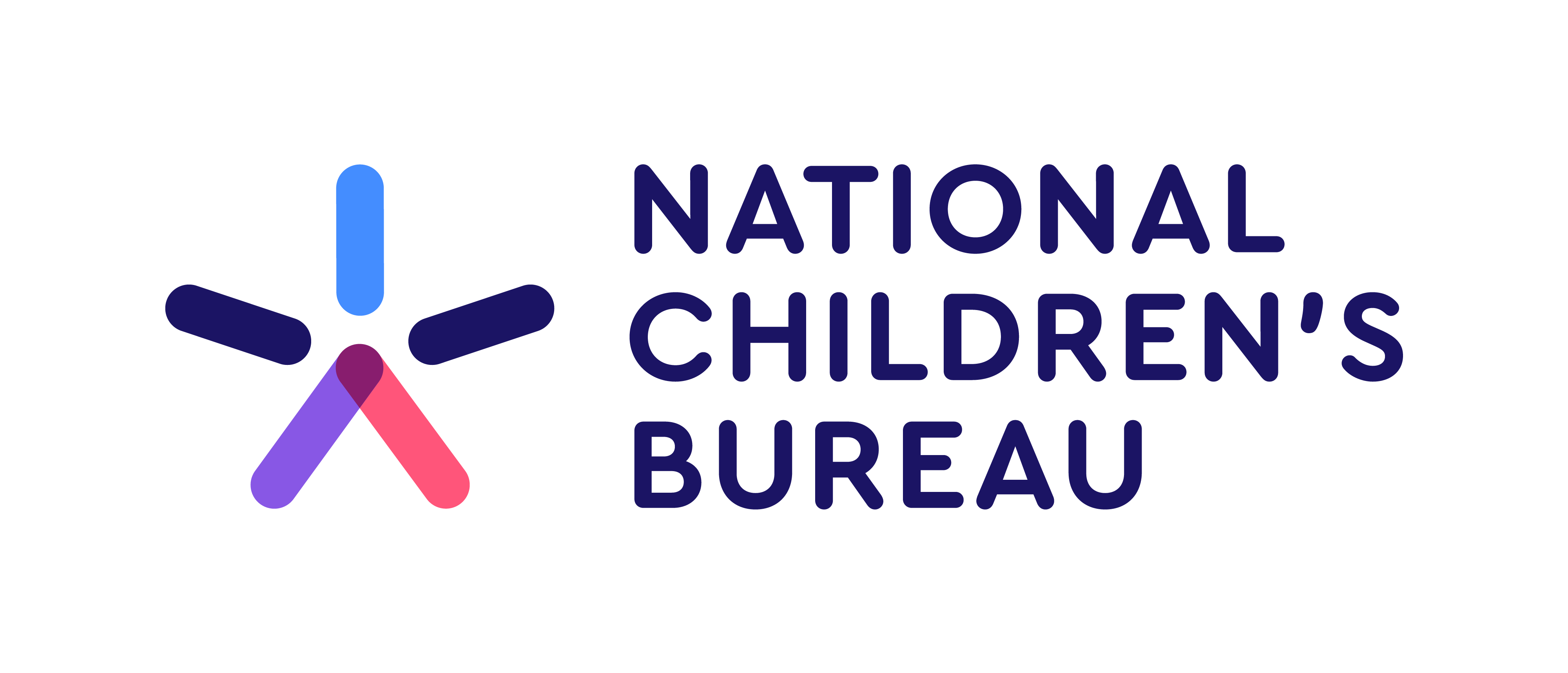Living after Loss: A grief guide for young people
Free guide co-produced with young people that provides clear, sensitive and practical support for those aged 11-18 who are experiencing grief.
Last reviewed: 29 October 2025

About this resource
This resource is designed for young people aged 11–18 who are navigating grief and loss. Developed by SeeSaw with the involvement of young people, it brings together lived experience and expert insight.
The guide can be used as self-help by older students, with the support of school staff or family members who can provide space for discussion.
It includes clear explanations of unfamiliar terms, creative activities to encourage expression and advice from both professionals and bereaved young people.
Education staff may find it helpful as a teaching aid within the RSHE curriculum, or as part of wider conversations about loss.
Senior mental health leads can also use it when shaping bereavement policy and practice, supporting a whole-school or college approach to grief and loss.
Further guidance
Please note: the guide covers sensitive topics including suicide and murder. Staff should introduce it carefully and in line with safeguarding protocols.
Using this resource
This resource is designed for:
-
young people aged 11–18 as guided self-help
-
staff in secondary schools, post-16 and FE settings who are supporting bereaved students
-
senior mental health leads and leaders who want to strengthen bereavement policy and practice.
Learning outcomes
This resource addresses the following learning outcomes:
-
Use their knowledge to effectively communicate a positive values-based approach, and to promote openness and understanding to normalise mental health and its fluctuations throughout life.
-
Connect different policies and processes (equality & diversity, bullying & harassment, behaviour and safeguarding) to ensure they are working together to support wellbeing.
Was this resource helpful?
Thanks for your feedback
A member of our team will review your feedback.
Sorry there was an error
Please try again later.


 Author
Author


 Author
Author

 Author
Author